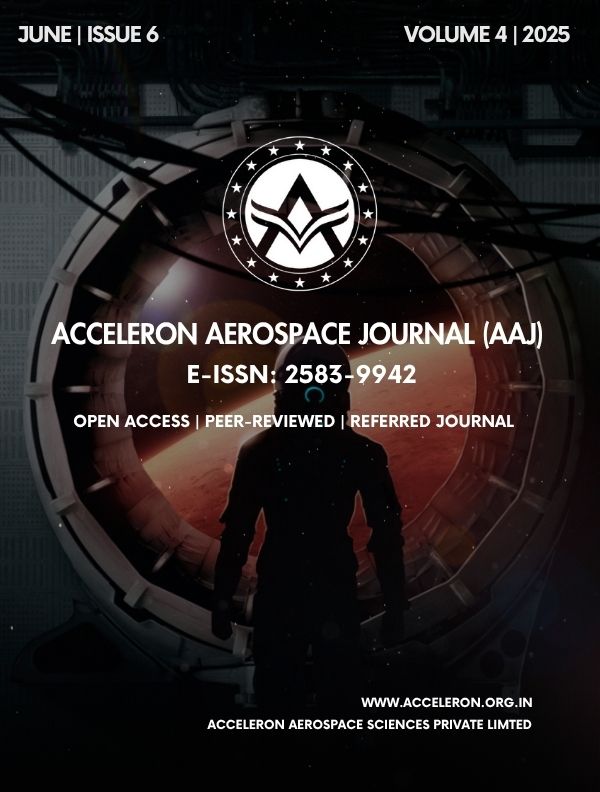Ensemble Machine Learning for Aviation Safety: Boeing Vs Airbus Comparative Study
DOI:
https://doi.org/10.61359/11.2106-2535Keywords:
Aviation Safety Analytics, Ensemble Machine Learning, SHAP Explainability, Crash Risk Prediction, OEM Comparative AnalysisAbstract
Aviation safety is undergoing a major transition from reactive forensic analysis to real-time predictive analytics. This paper introduces a domain-specific ensemble machine learning architecture designed to predict aircraft crash risk with high precision and interpretability. By combining Long Short-Term Memory (LSTM) networks for temporal pattern recognition, XGBoost for structured classification, Bayesian networks for probabilistic risk inference, and Cox regression for survival analysis, the model is tailored for rare but high-impact events. Unlike generic ensemble applications, our system incorporates OEM-specific operational data from Boeing and Airbus fleets, exposing critical differences in safety dynamics. SHAP and LIME frameworks enhance transparency, while high AUC-ROC scores (0.95) and sub-100ms inference latency make this system deployment-ready. This study demonstrates that trust in aviation safety can be engineered not just through aircraft design, but through intelligent, interpretable AI systems.
Downloads
Downloads
Published
How to Cite
Issue
Section
Categories
License
Copyright (c) 2025 Acceleron Aerospace Journal

This work is licensed under a Creative Commons Attribution 4.0 International License.
The Acceleron Aerospace Journal, with ISSN 2583-9942, uses the CC BY 4.0 International License. You're free to share and adapt its content, as long as you provide proper attribution to the original work.





